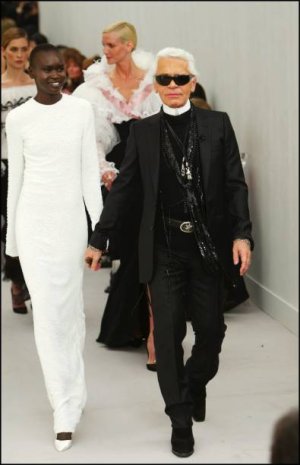ACTUALLY let me tell you why clothes made from peteroleum are better. Youre just not educated enough.
If you don't understand that viscose is *not,* in any capacity, made from petroleum, then yes—you need a better education. It is made from cellulose, which is entirely organic.
But beyond that, the debate regarding synthetics/semi-synthetics here has become ridiculous. Both have been used by designers for decades now, and during that period there have been significant technological advances in textile production. They weren't adopted solely because they were cheaper—they were adopted because designers saw that they had distinct qualities which could lead to new techniques in garment construction, or because they presented new colours and textures (etc). So there's a symbiosis or feedback loop whereby designers, in making use of these capacities, not only discover new techniques but push forward the development of still newer fabrics.
And the question of technique or construction—and hence
labour—is the other missing element here. Yes, a synthetic/semi-synthetic will typically be cheaper than a silk or wool, but that doesn't take into account the factor of labour. If the use of viscose or polyester involves couture-level techniques, then *skilled labour* is the major factor or cost, and there's the very real possibility that a viscose garment will be
more labour-intensive and hence more expensive.
Finally, if you want to go after the big houses for cost-cutting, then go after them for labour exploitation. We've all seen the reports about the use sketchy subcontractors & other methods to exploit precarious labourers. And here Loro Piana is perhaps case in point: you can feel as righteous as you want about wearing cashmere, assuming that there has been no cost-cutting involved because it's a natural fibre, but you'd be sorely mistaken in doing so because Loro Piana is under *judicial administration* in Italy for the exploitation of migrant workers (not to get into the question of their vicuna, another notably organic fibre). The simple reality is that cost-cutting has occurred at a different point in the production process, and that
*this is the broader condition of designer fashion at this very moment.* The suits aren't sitting there thinking "oh, we can save money by making viscose tweed," they're thinking "oh, we can save money by cutting labour costs," and they're doing the latter through increasingly opaque and exploitative schemes.


 with his face fully deformed and ugly
with his face fully deformed and ugly